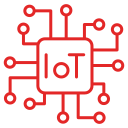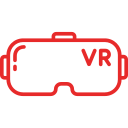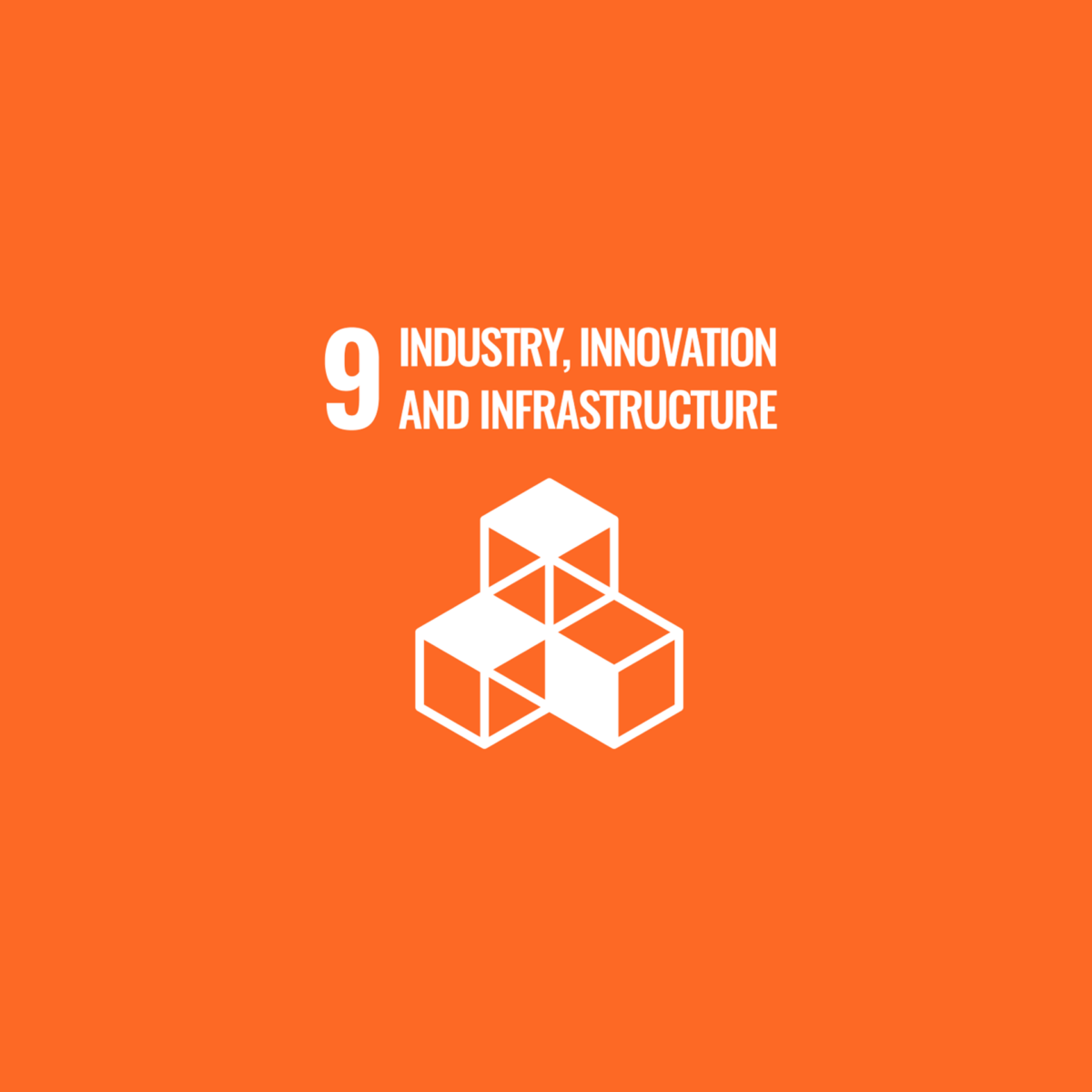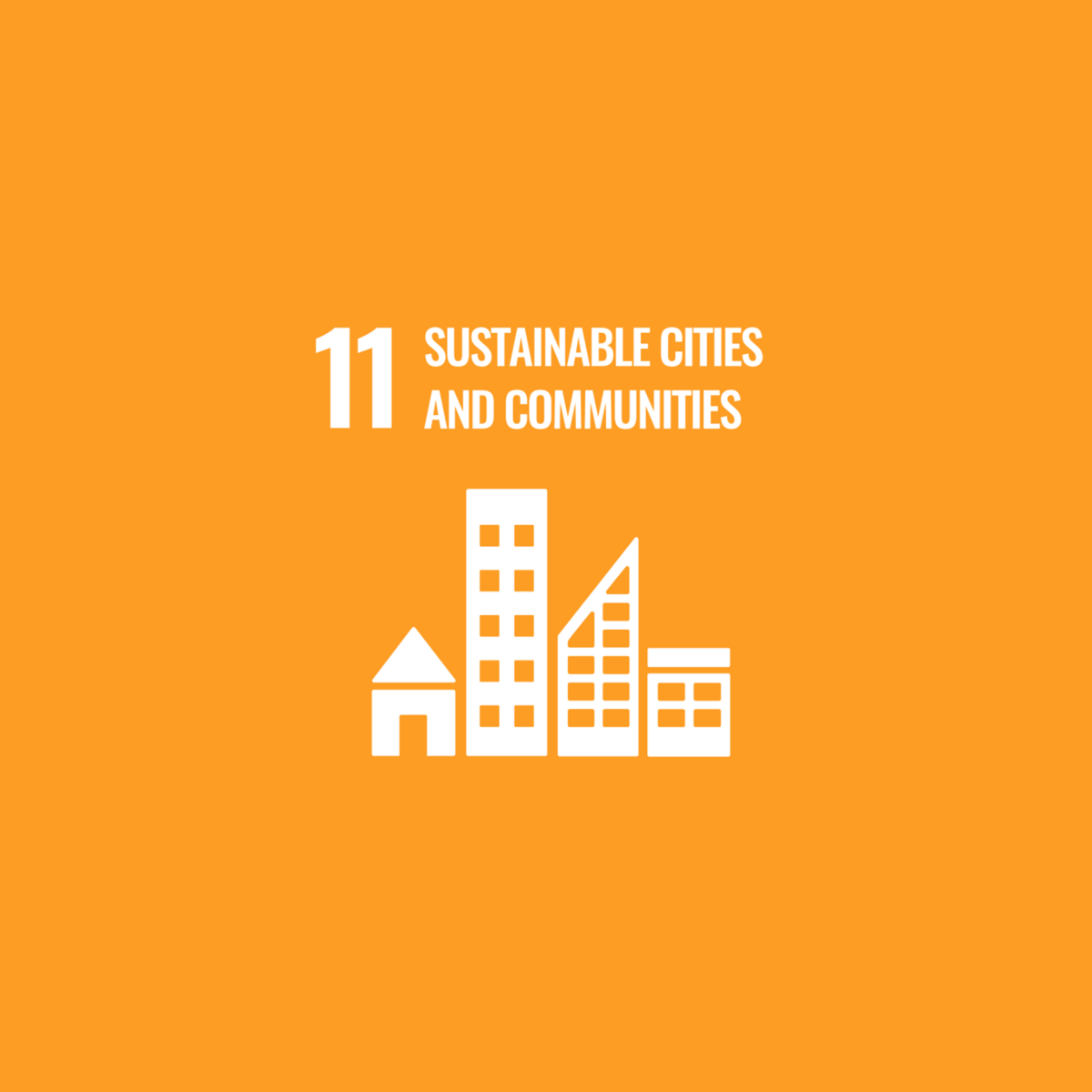
MOVE: Mobility Innovation Centre
Overview
The Mobility Innovation Centre (MOVE), at York University’s Lassonde School of Engineering, takes an interdisciplinary approach to addressing mobility-related research challenges in Canada and beyond. It draws on the expertise of approximately two dozen leading researchers from across science and engineering disciplines, developing innovative mobility solutions.
MOVE conducts world-leading research to create sustainable, connected, autonomous transportation systems, making transportation systems safer, more comfortable, and accessible. All while integrating these new technologies safely and efficiently into society.
Mission Statement
To pursue world-class, cross-section research and training in the development and advancement of disruptive mobility technologies for improving our mobility in the future.

Research Themes
| THEME | GOAL |
|---|---|
Autonomous Mobility | Develop novel data-enabled aerial and ground autonomous vehicles for safer, robust, shared, high-performance and long-term autonomy in real dynamic environments to support various transportation modes and first-/last-mile services. |
Sustainable Mobility | Develop novel sustainable solutions to safety challenges in mobility, including road traffic, bicycle riders, pedestrian injuries, mobility health and comforts, using big mobility data. Also, to develop innovative modelling, assessment, planning and control techniques to facilitate seamless and cost-effective adoption of electrification of transportation (E-transport) systems. |
Mobility Analytics | Develop novel Artificial Intelligence (AI) technologies for evaluating, monitoring, understanding and predicting the patterns of personal mobility from the massive amount of mobility data, and propose efficient management strategies, policy and regulations related to data ownership, privacy and security. |
IoT, Shared and Connected Mobility | Develop novel modelling, design and optimization methods of large-scale, beyond 5G multi-band wireless networks including aerial, satellite communication networks, and IoT. All to develop scalable and robust AI-enabled resource management systems in software-defined networks for ultra-reliable and low-latency communication for vehicular networks. |
AR/VR Mobility | Develop novel technologies for efficiently reconstructing, simulating, and augmenting high-fidelity real environments with dynamic objects at large-scale for developing data-enabled autonomous vehicles, evaluating and predicting the transportation systems (traffic, logistics, infrastructure, health, etc. |
Focus on United Nations Sustainable Development Goals
The UN Sustainable Development Goals are “… the blueprint to achieve a better and more sustainable future for all. They address the global challenges we face, including those related to poverty, inequality, climate change, environmental degradation, peace and justice.” MOVE research focuses on the following:
Sustainable Development Goal #3: Good Health and Well-Being
Target 3.6 – “By 2020, halve the number of global deaths and injuries from road traffic accidents”.

Sustainable Development Goal #9: Industry, Innovation and Infrastructure
Target 9.1 – “Develop quality, reliable, sustainable and resilient infrastructure, including regional and transborder infrastructure, to support economic development and human well-being, with a focus on affordable and equitable access for all”.

Sustainable Development Goal #11: Sustainable Cities and Communities
Target 11.2 – “By 2030, provide access to safe, affordable, accessible and sustainable transport systems for all, improving road safety, notably by expanding public transport, with special attention to the needs of those in vulnerable situations, women, children, persons with disabilities and older persons”.

Future Mobility
Personal Mobility
- A central and highly valued feature of human society to move people and goods
- Continues to be crucial challenge in Canada and worldwide
Challenges
- Rapid urbanization
- Low-quality public transport and infrastructure
- Increasing motorization
Disruptive Mobility Technologies
- Autonomous vehicles, connected vehicles, electric vehicles
- Ai, IoT, AR/VR/XR
Future Mobility
- Replace current vehicle-centric system with data-enabled, autonomous and intelligent mobility